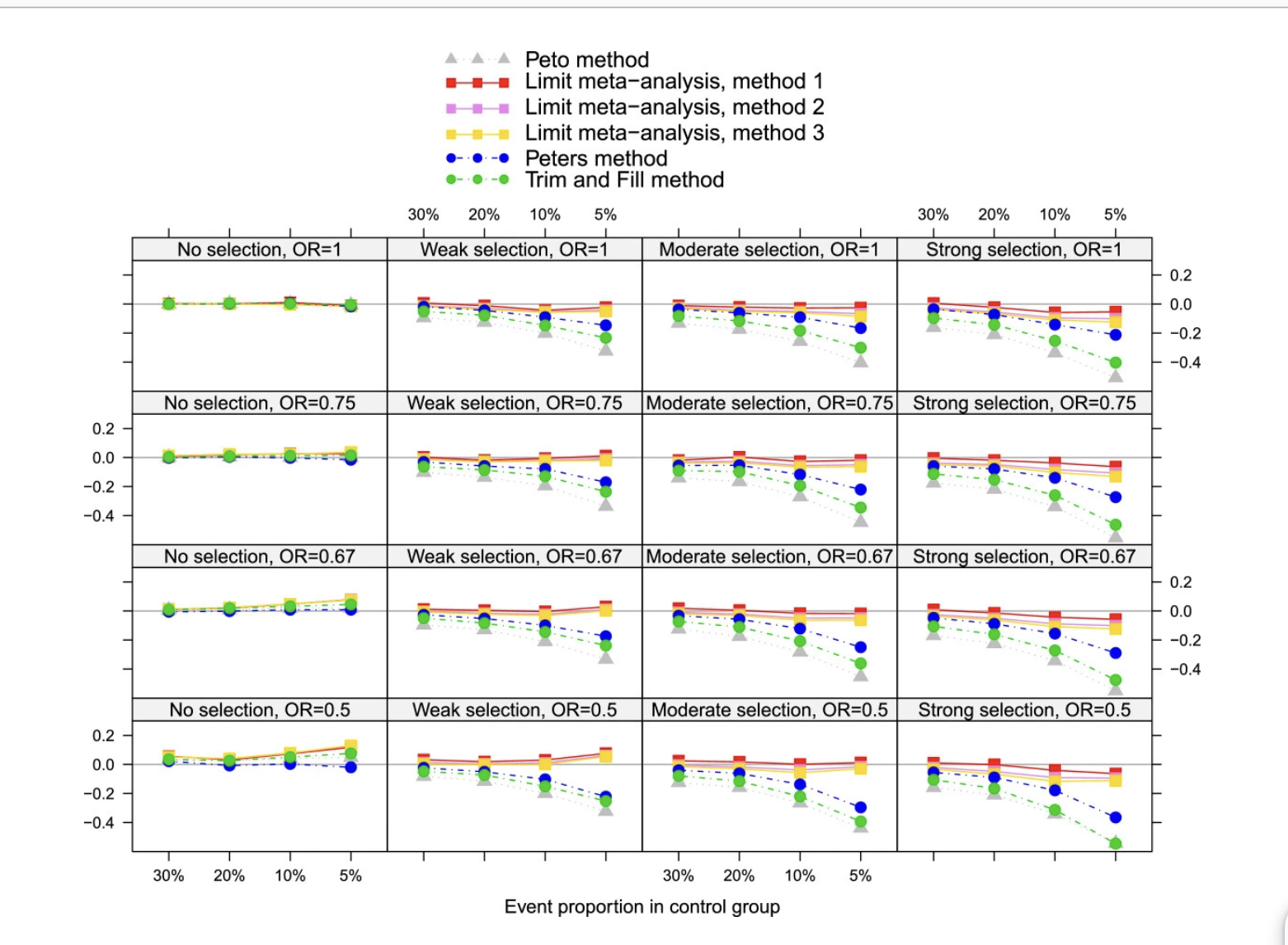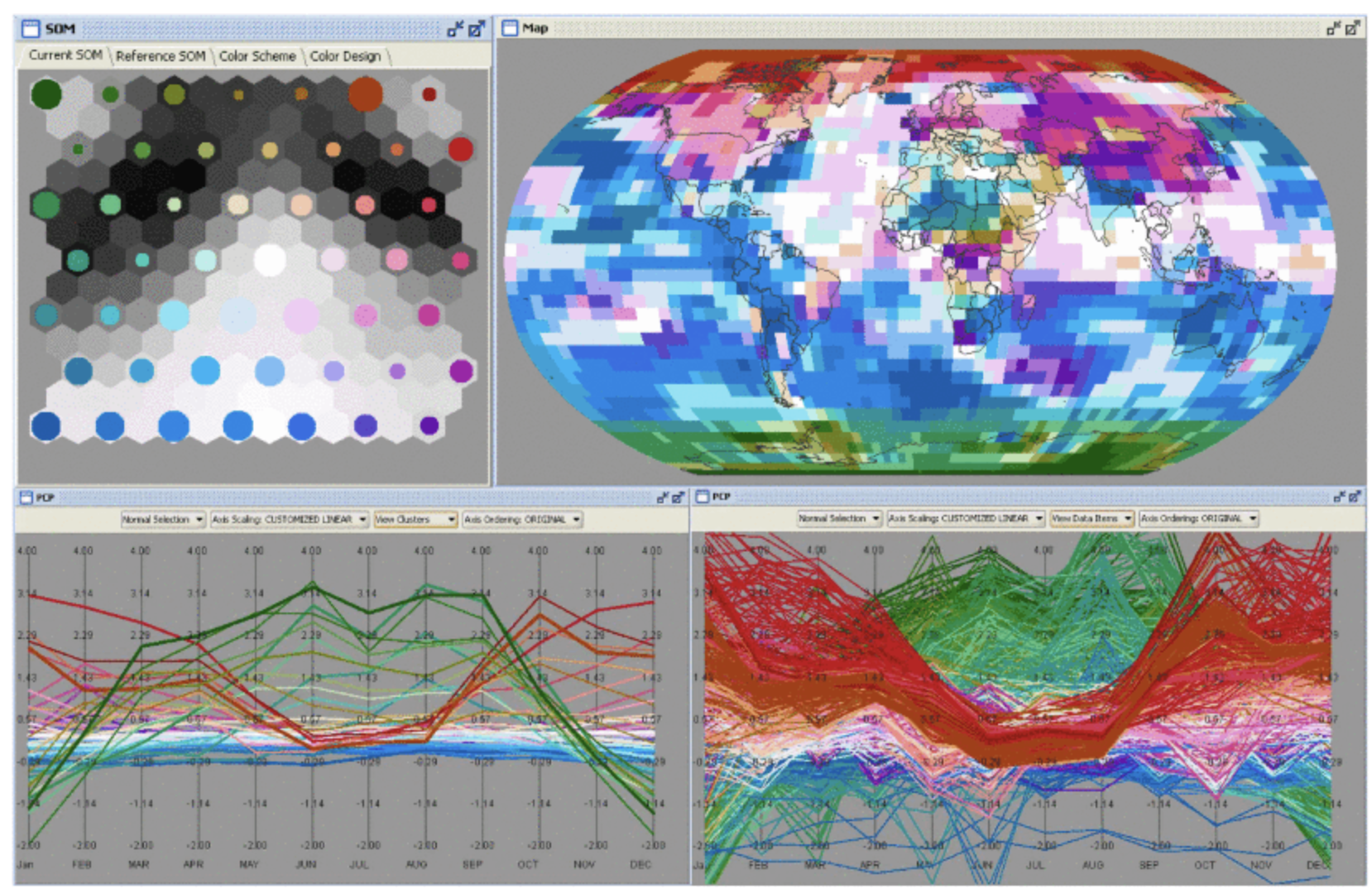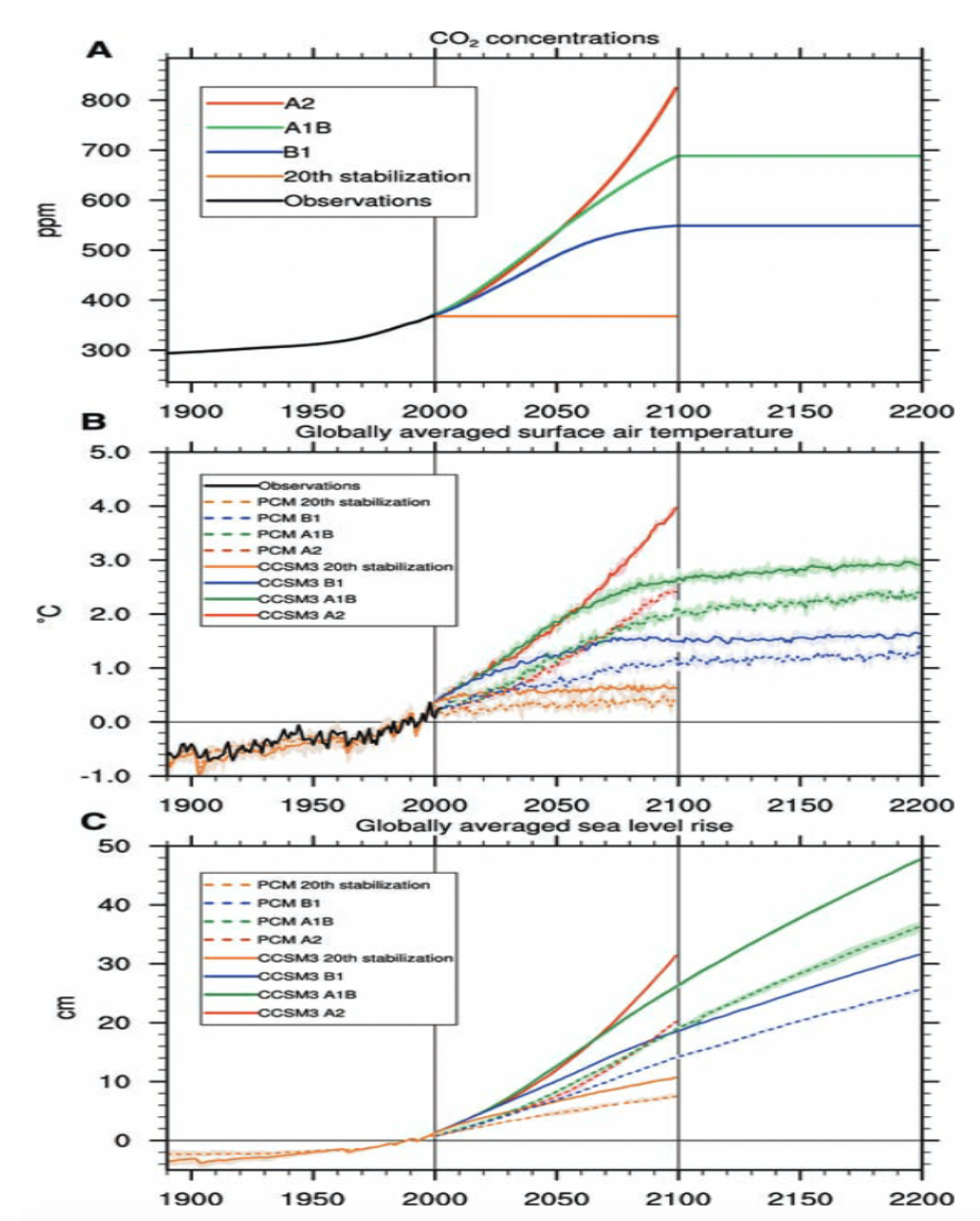Reference 1
This research paper [1] is a methodological study on how statisticians, when developing new statistical methods and subsequently evaluating their characteristics by applying various variables in simulation, can appropriately present the results. In this paper, trellis plots, which are also known as small multiples from the lecture, are intentionally used as a good method to present all results at once. Our group has also constructed visualization applying small multiples with the same intention, so I want to refer to the plots in this paper. The small multiples in this paper contains a total of 16 sub-plots in a large plot, which are organized based on the variables in both columns and rows. Therefore, the positions of the 16 plots are determined by the x-axis and y-axis of the large plot, and even without detailed knowledge of the paper contents and its plots, the user can intuitively perceive a flow connected between the plots. Our group’s small multiples about sea level rise contain 24 different ocean’s sea level rise plots, and they are placed almost randomly in a 4 by 6 table format. However, I expect that if these plots are arranged under specific conditions that are informed by labeling on the plots, then users would more easily understand information about global ocean sea level rise. As an example of specific conditions, there could be an arrangement based on the actual locations on the map. Although there might be differences between the places on the table-formatted plot (small multiples) and the actual locations, if the ocean areas are placed to the actual closest ocean area in the small multiples, it would make the plot more reasonable to understand the flow of sea level changes in the world oceans. This approach might also make it easier to identify which ocean is undergoing more significant rising and, conversely, which ocean is experiencing less impact from sea level rise.



